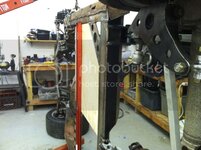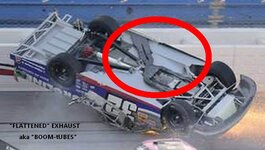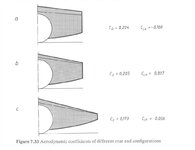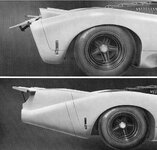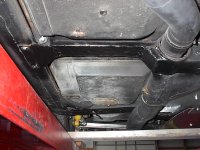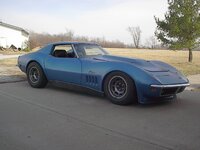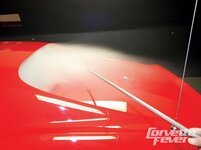vette427sbc -
... Id love to do some yarn tuft testing and hopefully some highway smoke testing too. If all goes as planned that should be possible this summer! And the clear VGs are a pretty cool idea... Ive been trying to figure out how to make them look good on the roof. The pre-79 coupes need them badly.
The pre-fastback C3s have a number of ways to work the "drag/turbulence-bubble." The fastback mod I showed on a Miata is one way. I think there is some goodness to be had with VGs too. But I came across another idea or two, you could put in your test plan for next summer.
First comes from Chevy. The 2019 Chevy Silverado did some mods starting at the back of the truck. They realized they had smooth flow over the top the cab, but was then being disturbed by the cargo bed, just like a "notch-back" C3 coupe. This was causing significant drag. Their design-nerds came up with this.

They were working to beat the typical turbulence-bubble formed on a pick-up:
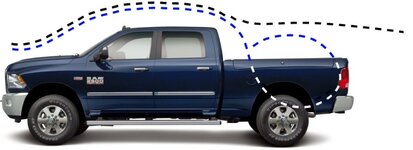
A lot like the sort of bubble that forms on rear deck of the early C3 'vettes. They added two small spoilers. The first is at the back edge of the cab. It directs air up and lengthens the air stream so it then hits the second spoiler on the top of the tailgate. I've looked for close up pics of these, but no luck. Chevrolet found that this and other changes increased aerodynamic efficiency on the new Silverado by 7%.
Vortex generators on the trailing edge might do the same thing. It would be useful to test alone, then with the trailing edge spoiler on the deck.
The second approach uses coroplast and tape:

This cut-and-paste would be cheap, fast, and easy (Yeah - I know - pick only 2). These approaches might be as - or nearly - as effective as the fastback mod. At least you'd most likely see some significant improvement.
Looking forward to your testing!
Cheers - Jim


